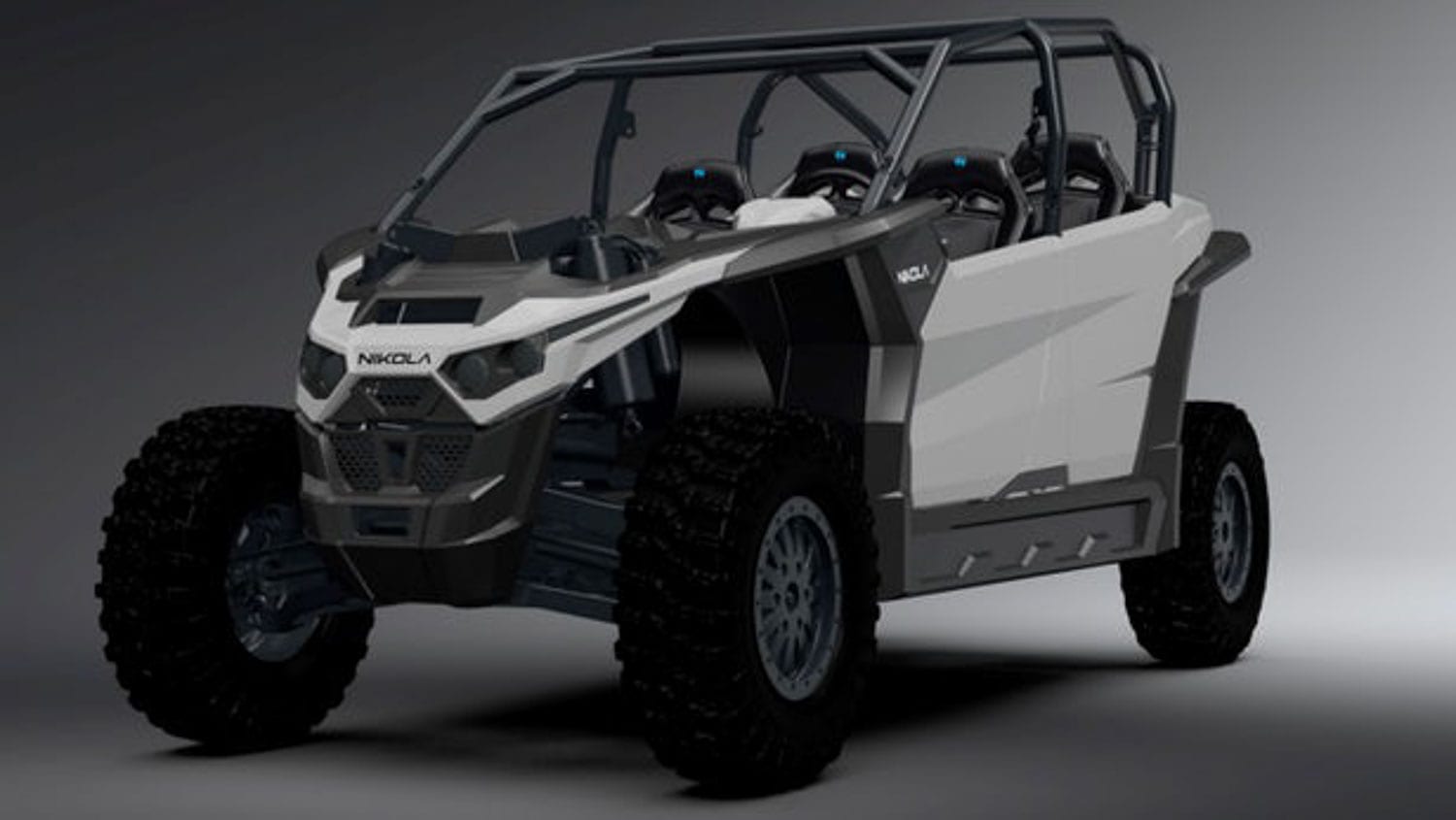We hear about the electrification of transportation everywhere and every day. This is a worldwide trend that is constantly making headlines mainly for two reasons:
First, electric vehicles are a good way to reduce greenhouse gas emissions and therefore reduce our ecological footprint.
Secondly, current technology now allows for the commercialization of vehicles that will meet most of the needs and expectations of today’s consumers.
Therefore, it is possible to think that not so far a day, ATVs and electric UTVs will regularly be seen in our trails. Really? But why now and not before ?
A little history
Did you know that at the very beginning of the automobile era, some of the first vehicles were electric ? At that time the combustion engine, the steam engine, and the electric motor were competing. For example, in 1900 there were 1575 electric vehicles, 1681 were steam and only 936 were gasoline.
Even in these years, the limitations of the steam engine were beginning to be felt and the manufacturers were looking for alternatives. Thanks to the first rechargeable lead/acid battery created in 1859, the electric car made its way for a short time.
Of course, these electric vehicles were slow, heavy and had limited range, mainly because of the high weight of lead-acid batteries that were at their beginning. This rudimentary technology was however very promising, with, for example, the Jamais Contente, a 100% electric car developing about 68 HP and which became, in 1899, the first vehicle to ever cross the 100 km/h mark.
The progress of the gasoline engine and the rapid development of the oil industry will change the situation. This industry quickly turned into an industrial monopoly and pushed the use of electric technology for personal transport in a long period of hibernation.
Despite this, the electric has quickly developed in other fields of application. We can think of the electric motors that replaced the steam engines in factories, appliances, public transports (train–metro–tramway) driven by electric traction, etc. The electric energy is very powerful, it is easy to create and the electric motor was already at that moment a small technological wonder, being very powerful, compact and effective. So what was the problem? It was the container used for transporting the electrical energy – the battery – that was the issue…
Over the decades, there have been some attempts to bring back the electric motorization in individual transport, but the weak link still remained the battery. It must be said that battery technology has hardly evolved for more than 100 years. Even until recently, the most powerful batteries for high-power applications were still the good old lead-acid batteries.
The invention of lithium battery technology in the 1970s and their evolution in lithium-ion (Li-Ion) in the 1990s would bring a little order in all this, allowing the development of a high capacity rechargeable battery offering reduced weight and cost.
Electric vehicles
For the reasons we have seen above, it will be necessary to wait until the 2000s and the arrival of the lithium-ion batteries to really see a breakthrough of the electric automobile. In the meantime, electrical technology has been adopted by a number of industrial sectors and freight companies, including vehicles used in buildings where combustion exhaust fumes and engine noise are a problem.
One has to think about electric forklifts and transpallet trucks in factories, hospital maintenance equipment, people carts, and airport luggage trolleys to name a few. It is easy to convince oneself of their great utility and the difficulty of replacing them with a petrol engine in such applications.
Advantages
As we have seen, electric vehicles have undeniable advantages.
Here are the main ones:
- Ultra-quiet operation
- Easy start at all times and in all weather conditions
- No exhaust fumes or emissions
- Reliable and extremely simplified mechanics
- Minimal and easy maintenance
- Clean and ecological operation
- Available power at all times: 100% torque from 0 to max RPM
- Low-cost energy at a stable price and available at home
- Reserved lanes accessible to electric cars
- The pleasure of passing in front of a gas station and not stopping!
The disadvantages
Despite their great qualities, electric vehicles also have their share of inconveniences:
- Higher purchase cost than a conventional gasoline vehicle
- Limited range for most current models
- Substantial recharge time
- Limited access to charging points
- Few service centers for specialized maintenance
- Non-negligible environmental impact of battery manufacture
It could be added that if all the vehicles currently in circulation were converted to electricity, the power grid infrastructures would have great difficulty in meeting the enormous needs that this would create. But we have to start somewhere!
Electric Recreational Vehicles
It is no secret, electric ATVs and electric UTVs are not yet currently seen on the trails these days. Off-road vehicle manufacturers have thought about the electric, it is obvious. But it must be understood that each model of vehicle has asked for huge sums in investments for their creation, their development, and their marketing. Manufacturers then rely on sales of X number of vehicles over a period of Y years to make these investments profitable during the life cycle of a product. This cycle can span several years and even more than a decade.
Moreover, recreational vehicles being manufactured in much smaller quantities than automobiles, cycles can be expected to take even longer. That being said, we now better understand why the eagerness to convert to electric technology is not the same for all.
What about ATVs and UTVs ?
In the end, it took decades to create an electric car adapted to current needs so we can expect to wait a few more years before electric off-road vehicles show in large numbers. But it’s only a matter of time. Those who have already tried an electric car will be able to confirm that it is a very pleasant and very efficient way to travel. It will certainly be one day very popular on the trail and in all outdoor activities!
In the end, now that we have a better understanding of the workings of the industry and the evolution of electric vehicles, we can ask ourselves the following question: what are the off-road electric vehicle models currently available to ride on the trail and live our passion in an electric fashion ?
Some manufacturers have begun to follow suit and now offer electric ORVs. This is what we will see in a future article.













